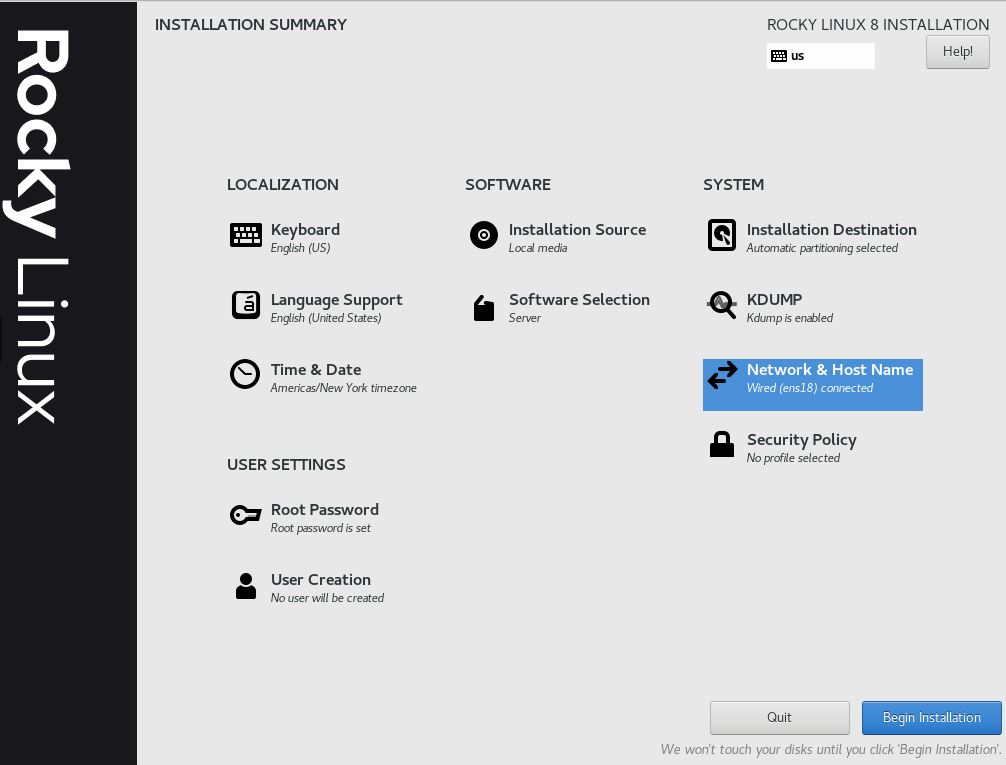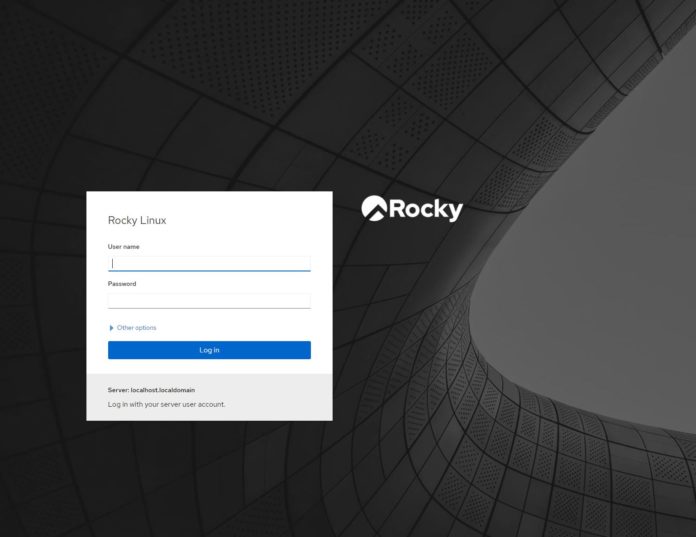Rocky Linux 8.4 is out promising to further the positive parts of CentOS’s legacy. For the community, this is a big deal since there is still a void in the market where CentOS used to be. We downloaded the new OS that just had its first release and fired it up.
The Background
By way of background, a few months ago, Red Hat abruptly changed its stance on CentOS. Effectively, Red Hat went full IBM and said farewell to the popular CentOS distribution.
The challenge with this is that many smaller projects utilized CentOS as a stepping stone toward supporting a RHEL ecosystem. While Red Hat is attempting to migrate CentOS users to RHEL subscriptions, the open community distribution that was CentOS no longer fit into IBM/ Red Hat’s plans.
In the aftermath of IBM and Red Hat discontinuing an ultra-popular OS, there were a few options. Oracle was happy to tout Oracle Linux. We also saw AlmaLinux by the CloudLinux team and a few others try to fill the void. At STH, we saw a lot of interest in Rocky Linux but there was one major challenge. Rocky Linux did not have a release yet like Oracle Linux and AlmaLinux. With Rocky Linux 8.4 that changed.
Firing Rocky Linux Up Quickly
We did not have a ton of time to get into the release since this is an unplanned article on STH. Still, we wanted to at least validate that it had basic functionality.

One can see that the installer is very familiar to what CentOS users have been accustomed to. It is still clear that we are on Rocky Linux, not CentOS.

After the installer is complete, we see the login for the Rocky Linux 8.4 (Green Obsidian) here.

Since cockpit is great, we enabled it and logged into the web management interface. For Ubuntu users, you can “sudo apt install cockpit” and get this running on your machines as well.

Within 2-3 minutes we had a VM with the new Rocky Linux 8.4 release installed in a VM with cockpit running and updating via dnf / yum working. Not too bad at all.
Final Words
We know that many of our users will not want to be first on a newly released OS. At the same time, Rocky Linux is one of the more promising alternatives for CentOS migration. As a result, we at least wanted to give it a try. Luckily, it worked out of the box which was great to see. While some may be hesitant to jump at a newly released distribution, it takes a first release and testing on the distribution to get folks comfortable making the switch.





Superficially, it looks to me like Alma Linux has a more sustainable business model than Rocky Linux… What do others think?
I migrate everything I can on Debian, I think we didn’t get stability that we used to in past on CentOS, because source code avaibile to community will be unpatch or basically based on fedora upstream. I need only decide what way I will follow in case a few VH that must be running on RedHat clone because some software/contract requirements. But I will decide at the end of year…
In the headline: “… the Centos…”. Easier to read.
W..a..a..y back in the mid-1990s when Red Hat was first making a splash in the world…
You could buy their product in a box a retail stores because Internet connections back then were SLOW for most of us and downloading a full ISO could be problematic.
I should know…I bought a box or 2 or 3 of Red Hat back then. I still have those boxes; 4 dot something and 5 dot something versions. Much easier than downloading and creating 15 or 20 floppies worth of Linux disks.
At some point around 2000 (I think) Red Hat started forcing it’s users to have a Red Hat account in order to obtain any manner of software update. You paid an annual fee for that account. I think you were limited to 5 machines or less. Red Hat’s story at the time was, “You want free updates? Switch to our Fedora release!”
IMHO…IBM-Red Hat dumping CentOS is not a new move on their part. It’s just an old business practice/tactic that many had forgotten about that was recycled by a new owner that is in business to make a buck for their shareholders.
“ The challenge with this is that many smaller projects utilized CentOS as a stepping stone toward supporting a RHEL ecosystem.”
This really understates the scope of the impact the demise of CentOS has had. Many extremely large organizations have CentOS baselines as well. They needed the stability of RedHat but avoided the costs of unnecessary licensed support. Killing CentOS is forcing these organizations to pivot to new baselines and it looks like Unbuntu is in the running to be a big winner. Really dumb business decision on IBM’s part. Should have figured out a way to monetize CentOS.
@Michael
RH did figure out a way to monetize CentOS. They positioned it between Fedora and RHEL, and people are mad the have to pay for software in some form or fashion.
I’ve have had contact to shops who have been running their whole infrastructure on CentOS and then in a corner having an RHEL box with a subscription so that if something went wrong they could duplicate the problem on a supported box an get help from RH to fix the problem.
That is/was not sustainable, and the end-result is what IBM/RH did.
CentOS was great for hobbyists and for testing, but not a production ready OS (for that you need full-stack support).
I’ve had a box running CentOS since is was first released, but have moved that to Ubuntu with Docker/LXC as the OS doesn’t really matter anymore.
I’m thinking of giving Ubuntu a try for the built-in ZFS support.
Yeah until Kurtzer sells out again. I’ll switch to Alma thanks.